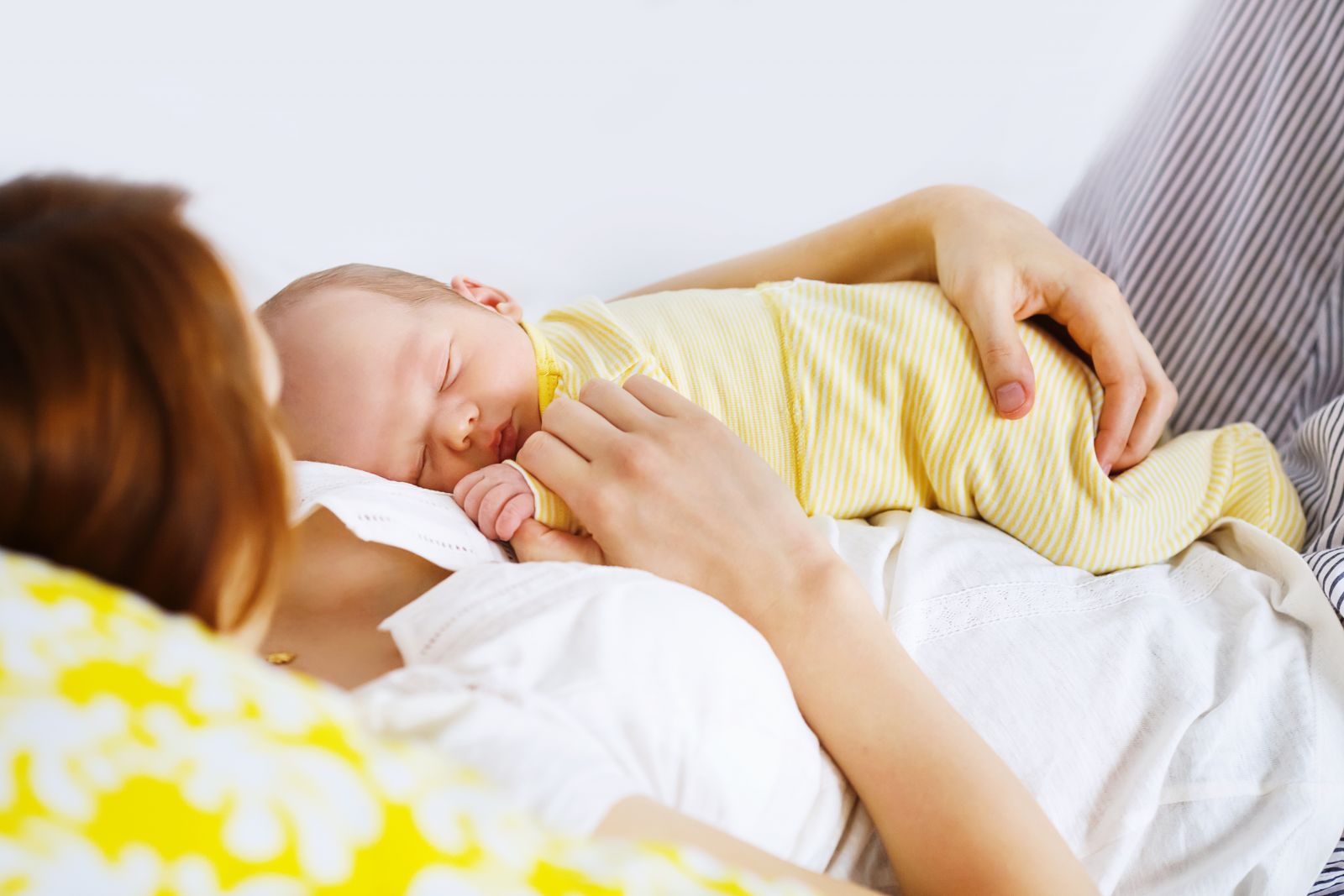Postpartum Care Guide 2019

Having a baby is a big deal.
From the moment of conception until the day a child becomes independent, mothers are constantly faced with new challenges, often ones they feel totally unprepared for.
One of the earliest of these challenges begins immediately after delivery. Having finally delivered the child you’ve been waiting to see for so long, the last thing you want to deal with is more pain and discomfort. After all, your pregnancy is over! Shouldn’t the physical issues be finished, too? And yet, every new mother must deal with some discomfort and even pain after birth.
“Normal” Problems Are Also Problems
As part of the recovery process, women will have significant postpartum bleeding to deal with, a nuisance that can last up to six weeks. In addition, most if not all women experience postpartum contractions during the first few days as the uterus returns to its normal state. And that’s besides any additional issues they may have to deal with, including exhaustion, incision site pain (for women who have had a c-section), perineal stitches (for women who experienced vaginal tearing during delivery), exhaustion, constipation, baby blues (can anyone blame us??), gas pain, hemorrhoids, breast engorgement, urinating pain, and – did we mention this? – exhaustion.
While these symptoms are all normal and okay, they can still be extremely uncomfortable and make the transition to motherhood so challenging. Fortunately, these problems can all be combated and in time, all of them will decrease or entirely disappear. The following are some of the best ways to deal with a few of the physical challenges new mothers must battle.
Postpartum Bleeding
The Problem: After birth, your body must undergo one of the fastest (and perhaps one of the most traumatic!) transitions. Whereas pregnancy is a slow process that takes nearly ten months to complete, postpartum recovery can happen within a few weeks. One of the best ways to measure the progress of your recovery is by the amount of postpartum bleeding you experience; a heavy flow immediately after birth is a sign that your body is effectively recovering. Furthermore, the best way to determine when your body is back to normal (relatively, that is), is by noting when your body has completely rid itself of postpartum blood. So yes, bleeding is normal and very necessary, but what to do about all that blood? And is there any way to speed up the process of healing so it can stop sooner?
The Solution: Absolutely! Here are a few ways to speed up your healing process:
- Avoid excessive physical activity. The more you rest now, the less you bleed later – and the faster your body can recuperate.
- Take calcium and other supplements. Some say that certain remedies, teas and vitamins can help speed things up. Always discuss these options with your medical practitioner to ensure their safety.
Meanwhile, here’s how to deal with the blood:
- Use maxi pads. And by maxi, we mean maxi. You’ll need all the protection you can get, especially in those first few days.
- Use mesh panties. These disposable underwear are flexible, comfortable, and, in case you missed it the first time, disposable. This means that when you start feeling uncomfortable from all that discharge, you can simply toss your panties, along with the pad and any other “additives” (such as Tucks pads for hemorrhoids) in the trash. Aside from being very convenient, this can be very helpful for women who underwent a c-section and have difficulty bending down to replace pads while wearing their underwear. Mesh underwear are very popular among postpartum patients since it is the best way to comfortably hold the large size pads you’re going to be using while still providing breathability to your legs and waistline. A good place to find these underwear for cheap is at AvaCare Medical, an online medical supply store that ships nationwide in just 1-2 days.
Afterbirth Pains
The Problem: Your uterus has been through a lot, and has accomplished even more – but now that’s it’s completed its job (for the time being), it must go back to its previous size. In order for your uterus to accomplish this, you will experience cramping during the first few days after your baby is born. These pains may intensify during breast feeding. If this isn’t your first time giving birth, keep in mind that the contractions become progressively more intense with each child, as the uterus needs more work to get back to what it was. Who knew you would have to deal with “labor” after delivery?
The Solution: There are a few ways to reduce postpartum contraction pain. For one thing, keep your bladder empty (and out of the uterus’ way) by voiding consistently – even when you don’t feel an urge. During contractions, you may want to lie down with your belly resting on a pillow or heating pad. Painkillers and gentle massaging can also help ease the pain.
More Solutions for Postpartum Problems
The list of problems you are dealing with may seem endless, but there is hope at the end of the tunnel. To learn more about what you can do about the changes and problems you may face, read Sasha Brown-Worsham’s timeless advice on what to expect and what to do about postpartum body changes.
Author’s Bio:
AvaCare Medical is a US based ecommerce company that advocates for patient independence and comfort. Because giving birth, being old, or using a wheelchair shouldn’t be what defines you. To find out more about us, visit us online at avacaremedical.com or give us a call at 1-877-813-7799.